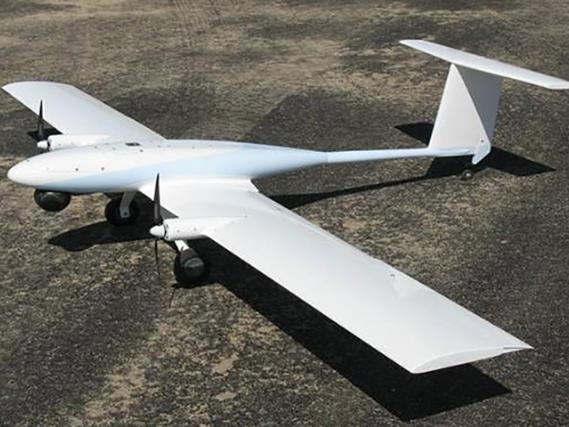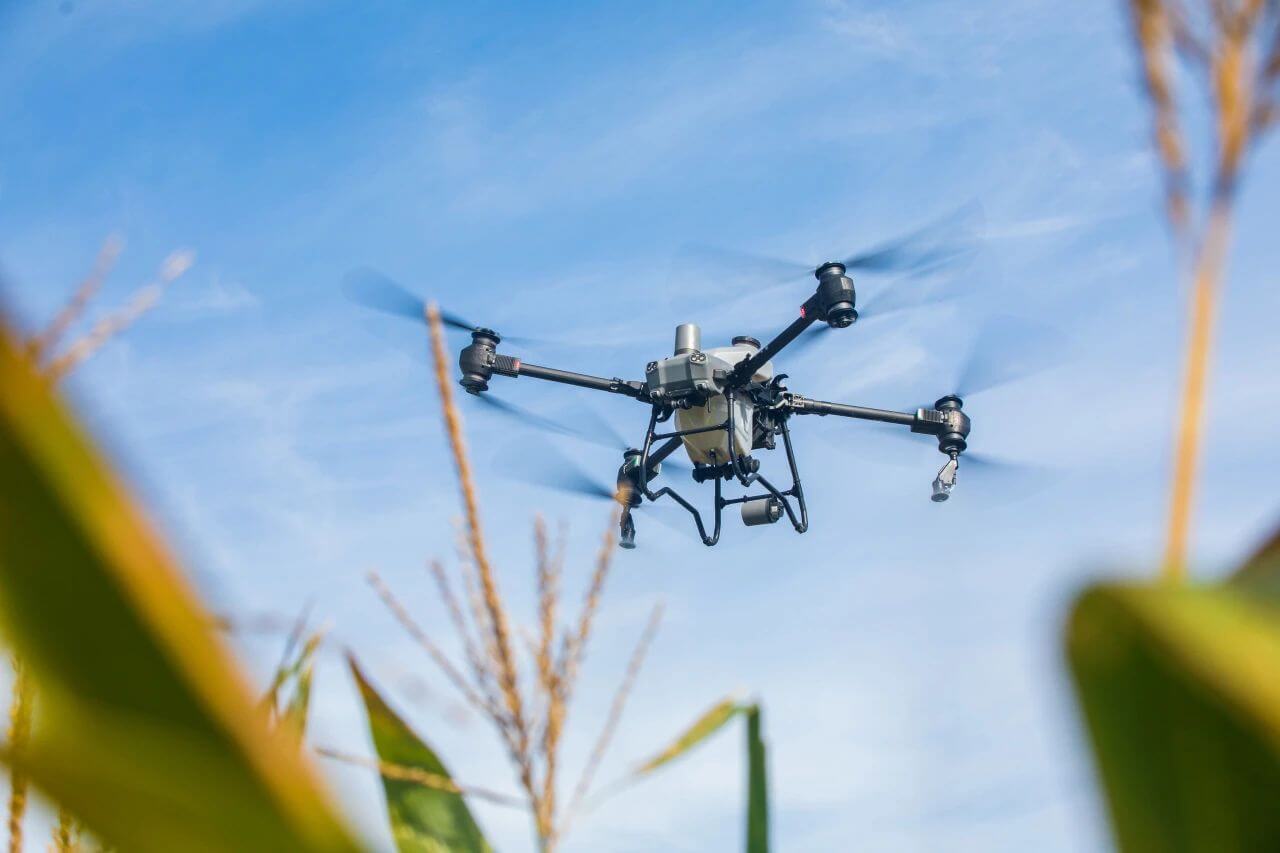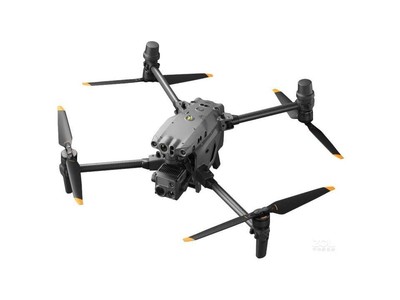 has become increasingly prevalent. But what does it stand for, and why has it garnered significant attention? FPV, an acronym for First-Person View, revolutionizes the traditional drone piloting experience by offering a perspective akin to that of sitting in the aircraft itself. This immersive viewpoint is achieved through a camera mounted on the drone, which sends live video feed to the pilot via goggles or a screen. The significance of the FPV drone lies not only in its technological innovation but also in its wide-ranging applications. FPV drones have found their use in various fields such as photography, videography, and even competitive racing.
has become increasingly prevalent. But what does it stand for, and why has it garnered significant attention? FPV, an acronym for First-Person View, revolutionizes the traditional drone piloting experience by offering a perspective akin to that of sitting in the aircraft itself. This immersive viewpoint is achieved through a camera mounted on the drone, which sends live video feed to the pilot via goggles or a screen. The significance of the FPV drone lies not only in its technological innovation but also in its wide-ranging applications. FPV drones have found their use in various fields such as photography, videography, and even competitive racing.FPV drone racing, an emerging sport, combines agile maneuvering with high-speed competition. Enthusiasts build custom drones, optimizing for speed and responsiveness, and race through intricate courses, often indoors. These events are a test of skill, with pilots relying heavily on their FPV setup to navigate tight turns and obstacles. This thrilling aspect has attracted communities worldwide, contributing to the growth of FPV drone popularity.
Components of an FPV Drone System
Understanding the components is crucial for anyone looking to dive into the FPV experience. A basic FPV system includes a transmitter, a receiver, FPV goggles or a monitor, and the drone itself with an onboard camera. The transmitter sends the video signal from the drone’s camera to the receiver on the ground, which displays it on the connected device. The choice between goggles and a monitor depends on personal preference, with goggles providing more immersive experience whereas monitors offer broader viewing comfort and sometimes a better overall picture quality.
One remarkable aspect of FPV drones is their adaptability. From tiny, agile micro drones to larger models equipped for cinematography, FPV setups can be tailored to suit various needs. Many hobbyists enjoy the DIY aspect, assembling drones with customized parts like frames, motors, and electronic speed controllers (ESCs) to enhance their flight dynamics.
FPV Drone Regulations
Flying FPV drones also requires understanding and complying with regulations, critical for safe and legal operations. In many countries, drones must be registered, and restrictions may apply particularly in populated areas or near airports. Furthermore, maintaining line-of-sight with the drone is often a legal requirement. FPV pilots must be aware of these rules to avoid potential legal issues and ensure the safety of people and property.
While the regulations might appear daunting, they play a vital role in safeguarding communities from potential hazards associated with drone flights. Joining local FPV clubs or groups can provide insights and help newcomers navigate these complexities.
Future of FPV Drones
 The future looks promising for FPV drone technology, with advancements being propelled by underlying innovations in telemetry, battery life, and camera quality. Enhanced AI integration might further refine pilot control and automated flight paths, making FPV drones more efficient and accessible.
The future looks promising for FPV drone technology, with advancements being propelled by underlying innovations in telemetry, battery life, and camera quality. Enhanced AI integration might further refine pilot control and automated flight paths, making FPV drones more efficient and accessible.
Overall, the FPV drone landscape is dynamic and multifaceted, inviting exploration and innovation.
FAQs about FPV Drones

Q: What is the difference between FPV drones and traditional drones?
A: FPV drones offer a first-person view experience via onboard cameras providing real-time video feed to the pilot. Traditional drones generally rely on visual line-of-sight piloting without real-time immersive video feedback.
Q: Are FPV drones suitable for beginners?
A: While FPV drones provide a unique experience, beginners might initially find them challenging due to the different piloting perspective. However, with practice and proper guidance, they can be an exciting venture.
